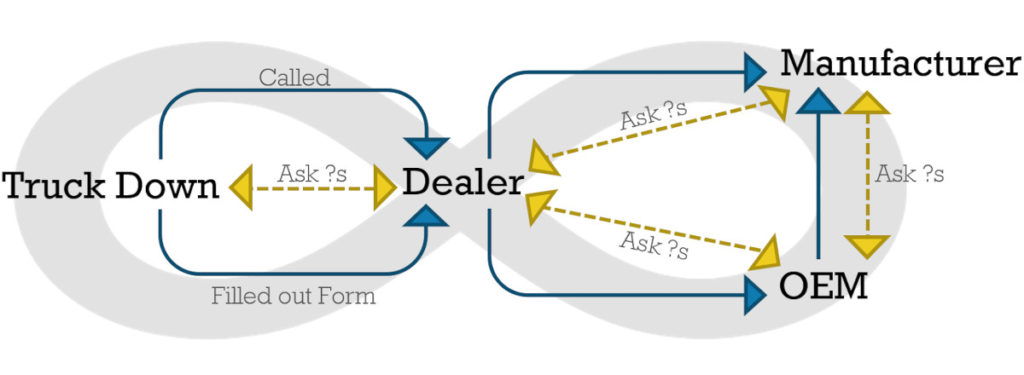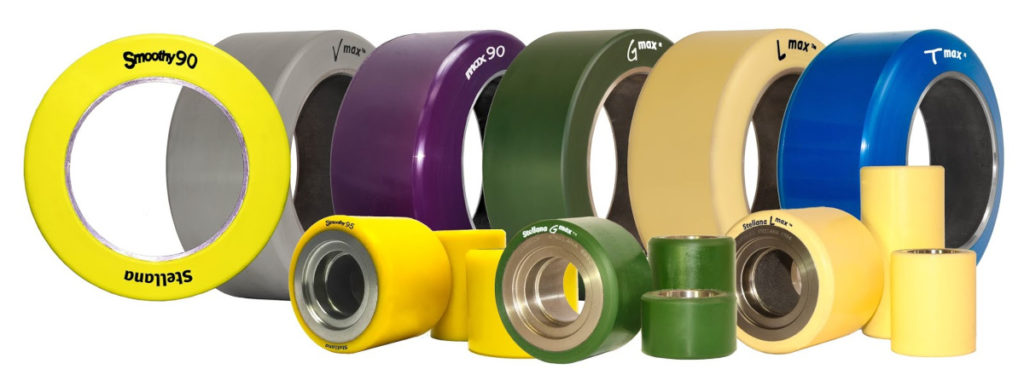The True Cost of Warranty
Warranty is defined by the dictionary as a written guarantee of the integrity of a product and of the maker’s responsibility for the repair or replacement of defective parts. It’s something we all deal with in our manufacturing companies, but are we truly prepared for it? What warranty is goes far beyond the definition and deserves further inspection. In this blog article, we’ll further examine warranty and the true cost underneath.
A Closer Look at Warranty
It’s easy to give a simple definition for warranty when you are only looking at the big picture, but it’s extremely difficult when you start getting into the details. Part of the reason for this is because there are many types of warranty; Limited, Lifetime, Implied, and Satisfaction Guaranteed, just to name a few. What is important to note is how a company stands behind its warranty statement. What warranty can mean to one person, can mean something completely different to another; it’s all based on perspective. It’s important to understand all points of view because you can miss the real problem if you don’t. There are three perspectives we need to be concerned with in the manufacturing industry: the manufacturer, the dealer, and the consumer.

The Manufacturer
When the manufacturer receives a warranty claim, their initial belief is going to be that it wasn’t a product defect, but application error or misuse. Most manufacturers don’t know how the product is being used. As a result, manufacturers will trust in the quality of their product and of their quality system and go with their initial belief.
The Dealer
The middle man, or dealer, is in between the problem. They listen to their customers and if they find out they are unhappy, they want to know why and reach out to the manufacturer. The reasons given by both the consumer and the manufacturer about the warranty claim often don’t match, leaving the dealer in a sticky situation of unknowns.
The Consumer
Quite the opposite of the manufacturer, a consumer will believe warranty is needed because of a faulty product. Often, a consumer will only see the aftermath of the issue, not what’s occurring beforehand.
So what’s missing? Every perspective is focused on taking a reactive approach; resolving the problem after product failure occurs. A proactive approach is needed to find the root cause.
The Root Cause
Out of all the product failures a customer may experience, most are due to misapplication or misuse. This doesn’t mean the customer is the only one at fault. The fault lies in the miscommunication amongst the customer, the dealer, and the manufacturer. As stated before, the manufacturer and the dealer are commonly unaware of how the product is being used in terms of application and environment. The customer may be aware of this, but they may not know what to ask for in these terms. If the root cause is not found, costs beyond the product can rack up.
True Cost of Warranty
Let’s look at the example of utilizing warranty for a tire failure on a forklift.
- When a tire fails, you first experience the cost of downtime from that truck not running; the cost of reduced productivity.
- You may also have the cost of overtime from other trucks needing to take on the duties that truck had, along with their own.
- Then there’s the cost of servicing the truck. You have the cost of the person filling out the warranty and you have the cost of the service tech that replaces the tire with the trip charge and service fee.
- And, of course, there is the cost of the wheel itself.
Even with taking all these costs into account, you’re still missing a cost that can make a huge impact. And that cost, is time. When the truck goes down, there is the time taken by the customer to connect with the dealer. The dealer then takes the time to connect with the manufacturer or OEM. There may be time spent between the OEM and the manufacturer in asking questions about the tire failure. They will then go back and ask questions of the dealer who, in turn, asks the customer. This process of asking questions amongst the customer, dealer, OEM, and manufacturer can happen multiple times; creating a feedback loop.

All this time lost is just for one product. Multiply the total cost by the amount of warranty claims filled out in a year and the cost of warranty is much higher than the initial expectation.
Being Proactive
Whether you are a manufacturer, a dealer, or a consumer, it’s important to take a step back and to take time to review the costs you face due to product failures and to ask, “What caused it to fail?”.
If you face tire failures, fill-in the following worksheet to learn the total cost you could by saving when your tire failures are addressed and resolved.
Tire Failure Cost Worksheet
- Press-On Charge: __________
- Hub Cost: __________
- Trip Charge: __________
- Downtime: __________
- Total Cost: __________
The Tire
- What material is it made of?
- What durometer is it?
- Does it have the proper tread treatment?
The Application
- How often is the truck running? Constant or intermittent?
- What is the application speed?
- What type of truck-total truck weight?
- How much load is the truck carrying on its runs?
- Did the failure occur when there was no load?
- Is the truck utilized only in the warehouse or outside as well?
- What do the floors in the warehouse look like? Are they rough or uneven?
- Are corrosive or chemical materials handled in the warehouse?
- Does the warehouse involve wet or frozen environments?

